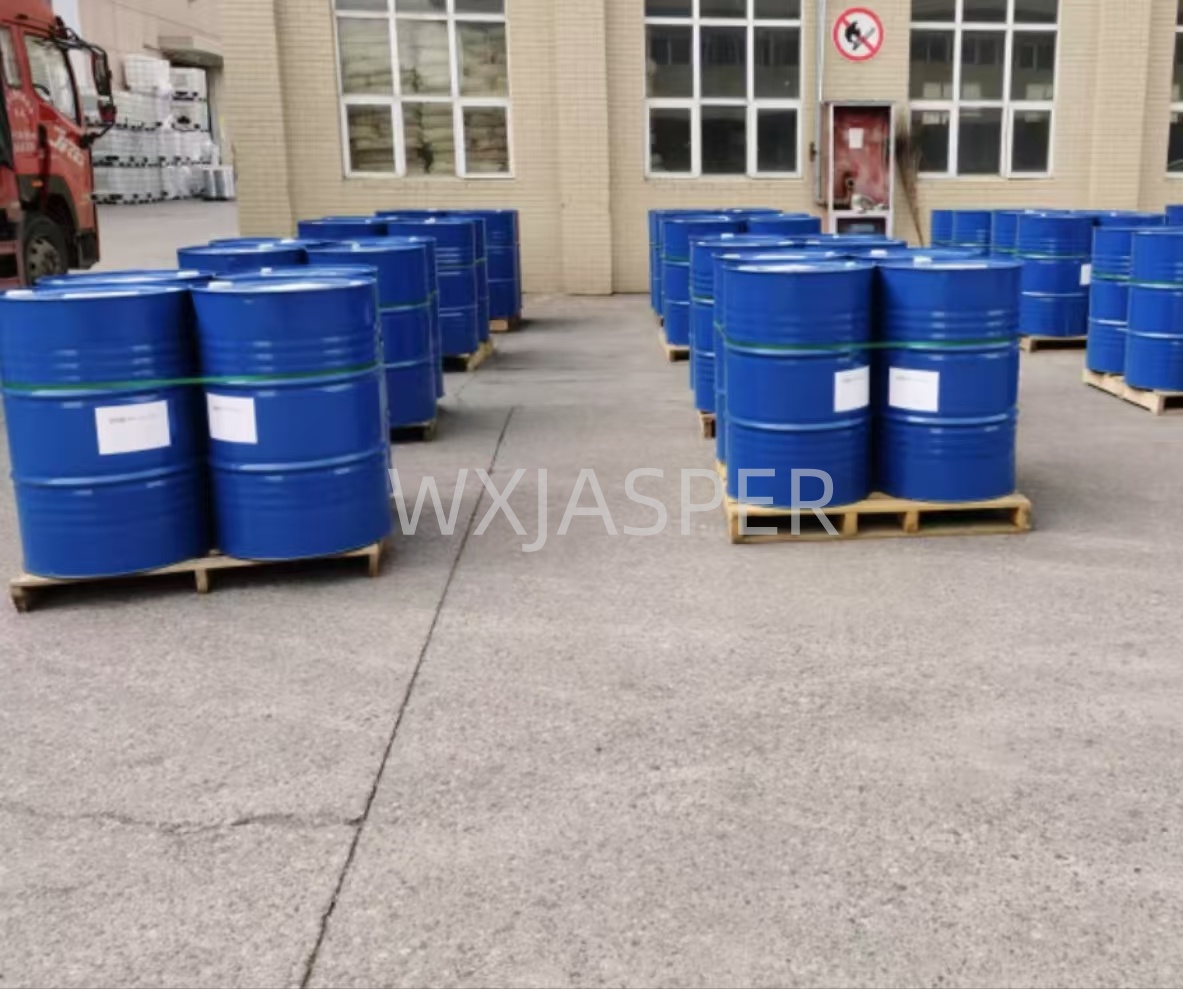Your Location:Home > Products > Solvents > Fatty Alcohol Polyoxyethlene Ether



CasNo: 68131-39-5
MF: R - O - (CH₂CH₂O)ₙ - H
Appearance: liquid
Delivery Time: 15 days
Packing: 200kg/drum
Purity: 99%
Basic Information
|
Model NO. |
68131-39-5 |
Appearance |
Liquid |
|
Color |
Colorless |
Purity |
99% |
|
Grade Standard |
Industrial Grade |
Specification |
200kg/drum |
|
Transport Package |
Drum |
Origin |
China |
Product Description
Product Name:Fatty Alcohol Polyoxyethlene Ether
CAS No: 68131-39-5
Form: Liquid
Product Application
Household & Industrial Cleaners:
Detergency: AEO-7, AEO-9 are primary actives in laundry liquids, dishwashing liquids, and all-purpose cleaners.
Wetting/Penetration: AEO-3 is widely used in textile pretreatment and industrial cleaners.
Personal Care Products: AEO-2 (mild, low foam) for premium shampoos/shower gels; AEO-7/9 for hand soaps and foam boosting/solubilizing in soap-based systems.
Textile Industry: Used as a scouring agent, leveling agent, soaping agent.
Agrochemicals: Acts as an emulsifier and penetrant in Emulsifiable Concentrates (EC), Emulsions in Water (EW), etc.
Metal Processing: For emulsification and wetting in cutting fluids and cleaners.
Paper & Leather: Used as a deinking agent, degreasing agent, soaking assistant.
Packaging
200Kg/Drum
Storage
Store in a sealed container in a cool, dry, well-ventilated place away from fire and oxidizing agents. Avoid prolonged storage at high temperatures to prevent oxidation and discoloration.